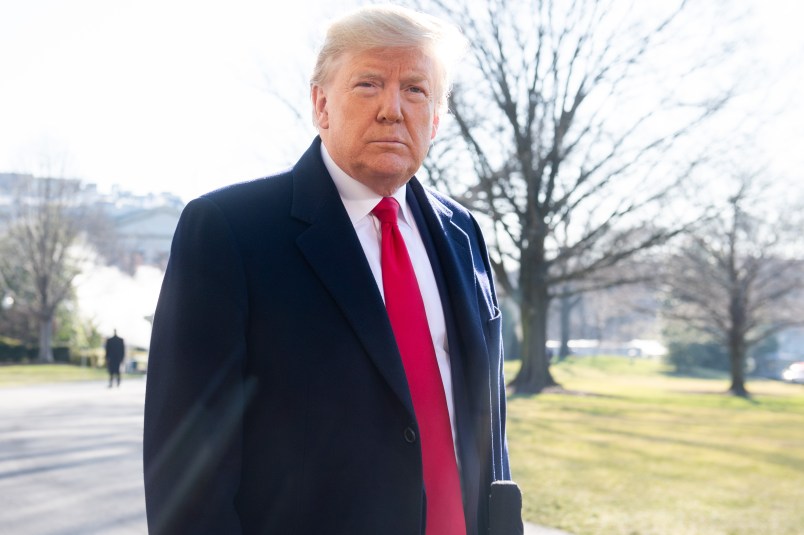One persistent dimension of this crisis is the federal government being slow or silent and seeing, over time, states, cities, private corporations and educational institutions step into the void. The White House’s communications operation at least is significantly improved from late February, which is of course not saying much. But the real information, the big decisions are mostly coming from elsewhere.
It’s just one example – more illustrative than significant in itself – but earlier this afternoon the Office of the Vice President sent out a press release from the Coronavirus Task Force ‘announcing’ a series of ‘community mitigation measures’ in Santa Clara, California and Seattle, Washington. But as far as I could tell these measures had been announced earlier in the day or in some cases yesterday by local officials in those cities and states.
This has given everything a piecemeal effect. One entity goes first, then a bunch of others follow. Some of this is a sort of group signaling. In other cases, it’s risk aversion. If a few places do a new protective measure, no one wants to be last if something goes terribly wrong.
You see this particularly in the private sector where a flood of big companies, especially those with affluent and educated workforces, have moved substantial or all operations to remote work. In this fashion whole segments of the economy have shuttered or decelerated by loosely organized crowd action, maybe with some coordination but largely one at a time and reactive to each new announcement. We saw something comparable with the wave of university closures that began at the beginning of this week.
To a degree it is heartening that so much can happen in a decentralized way when the country is what amounts to headless. But coordination with truly unprecedented public emergency responses is simply critical. When big decisions are made in a crisis it’s very difficult to think through all the implications and impacts.
A different element of this is public communication. Anthony Fauci gave a clear and sobering statement this morning on Capitol Hill: we’re only at the beginning of this and it will get worse. It’s a terribly low bar. But Vice President Pence has been doing significantly better than the President. At least in his public statements he’s going through the motions and saying the kinds of things we expect of a President. (I know, I know. How low can the bar be?) But in our system, the President has the singular megaphone. When the President speaks, certainly at a time of grave national concern, everyone listens. The absence of such a voice, to make certain things clear, to focus attention on key aspects of national preparation, is deafening and contributing to the sense of confusion and drift.






